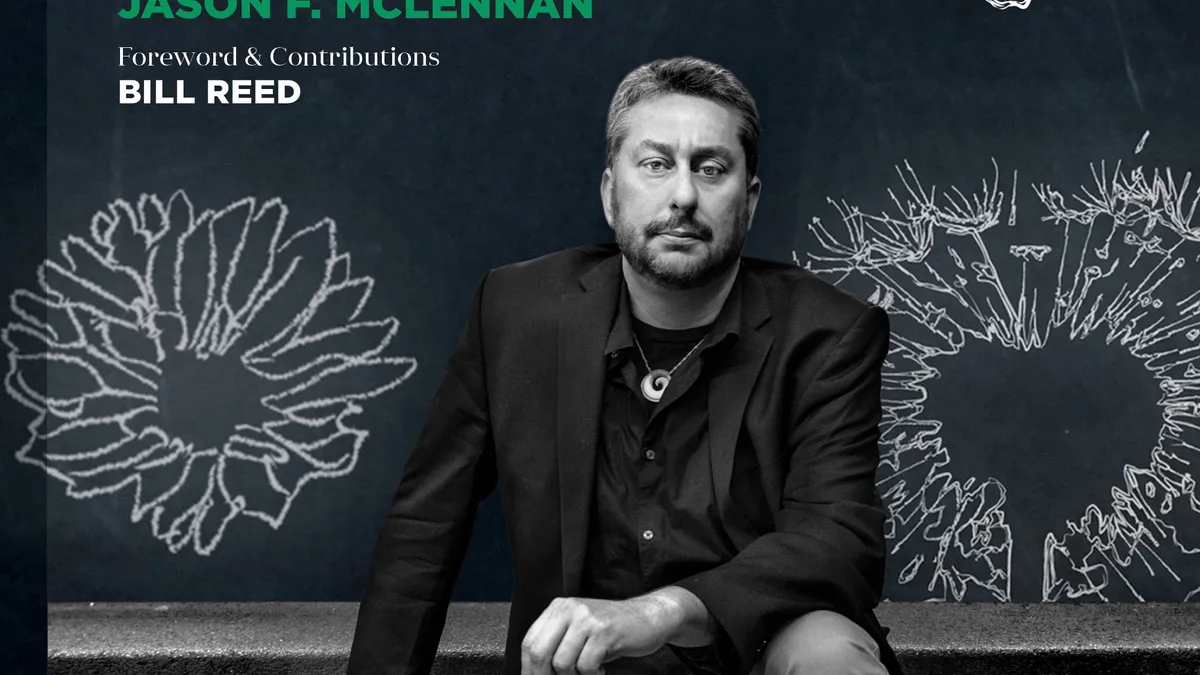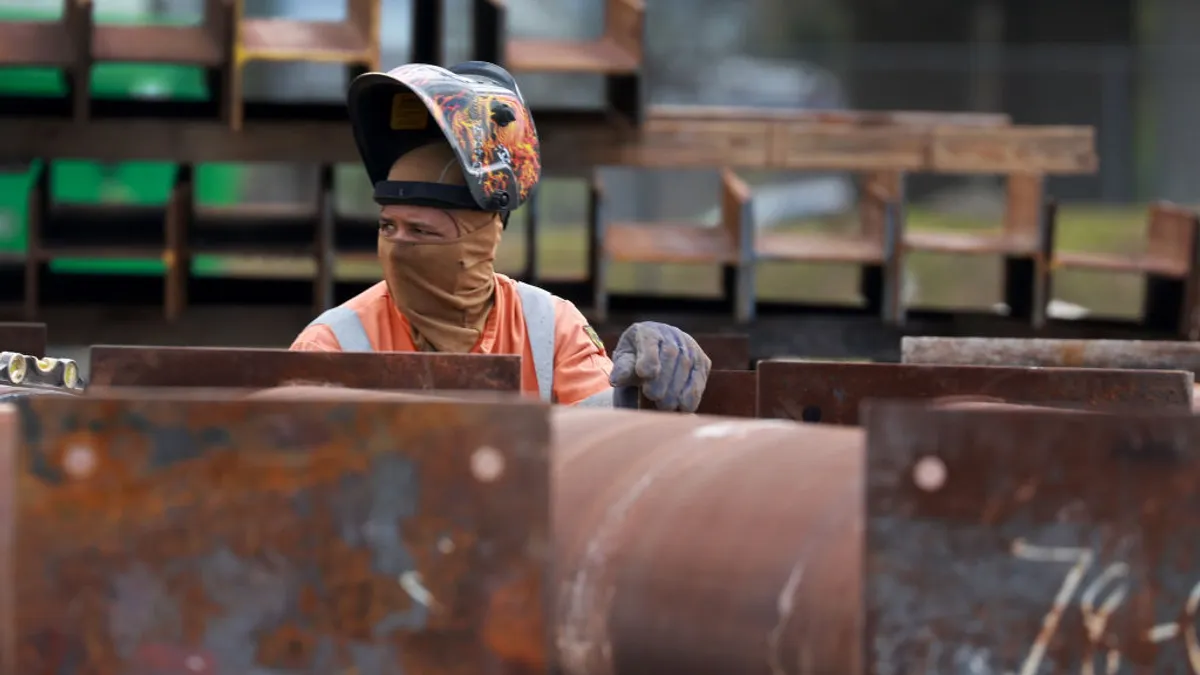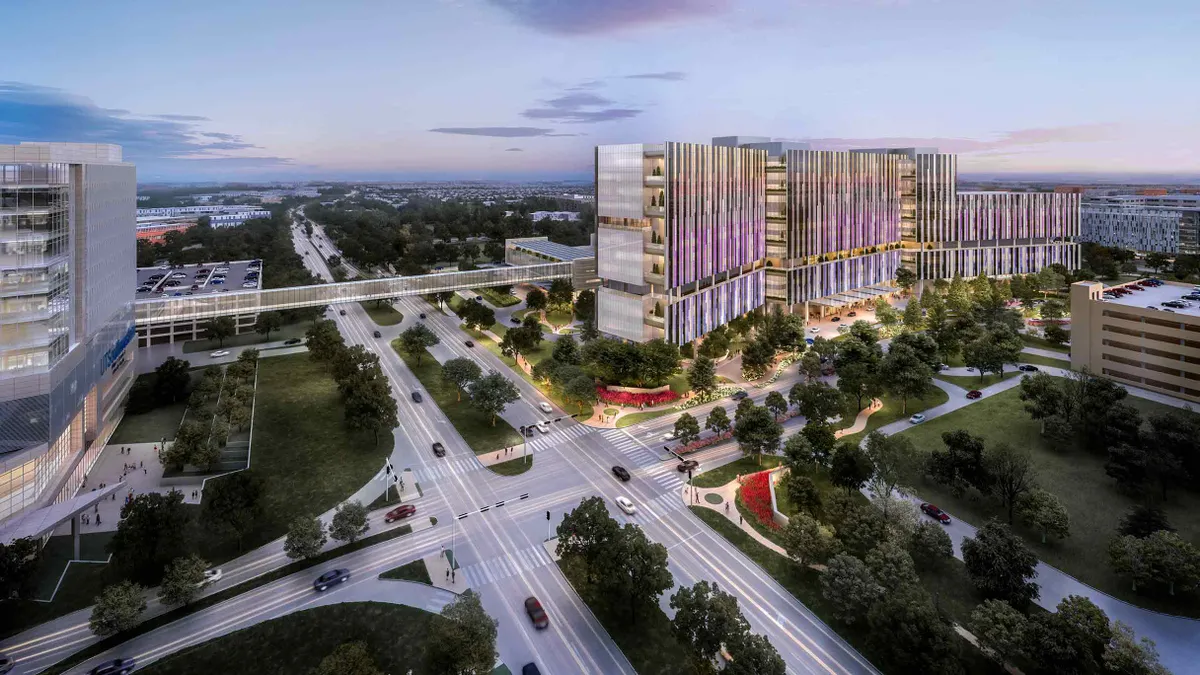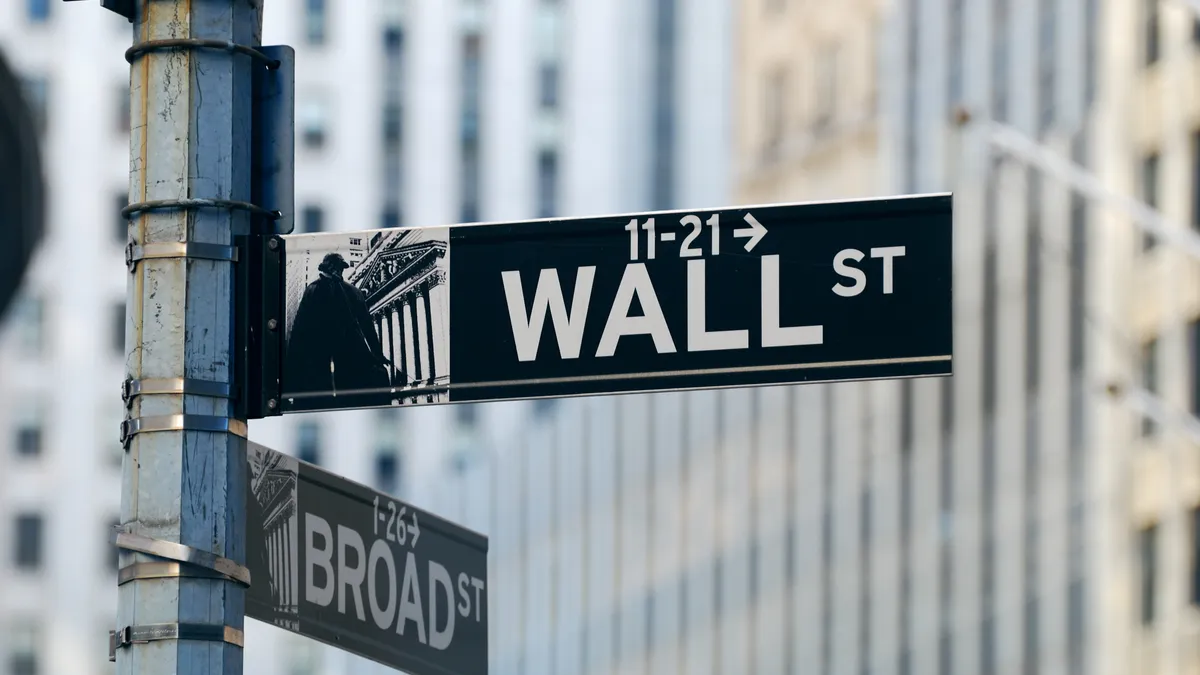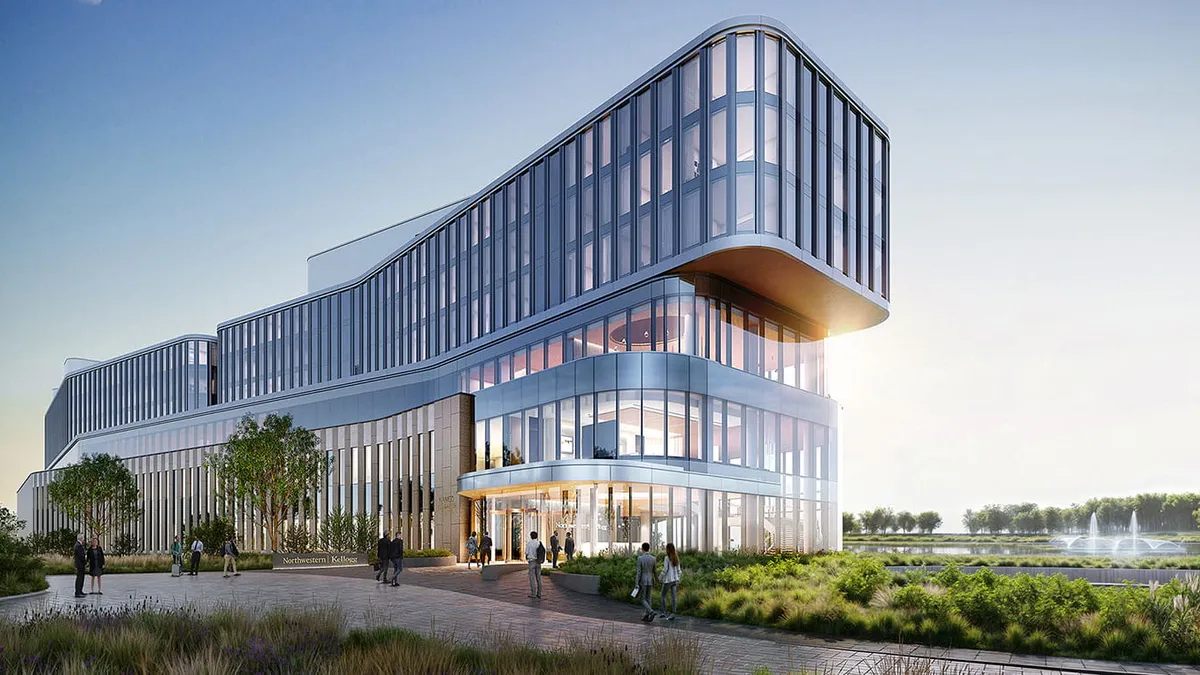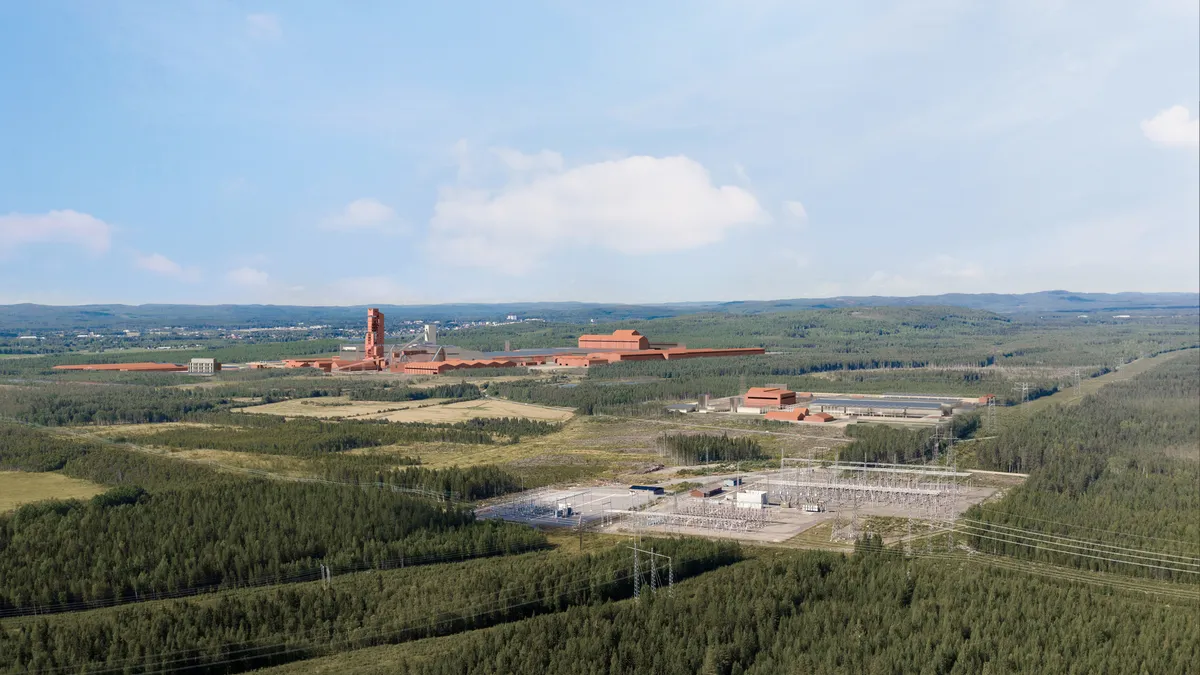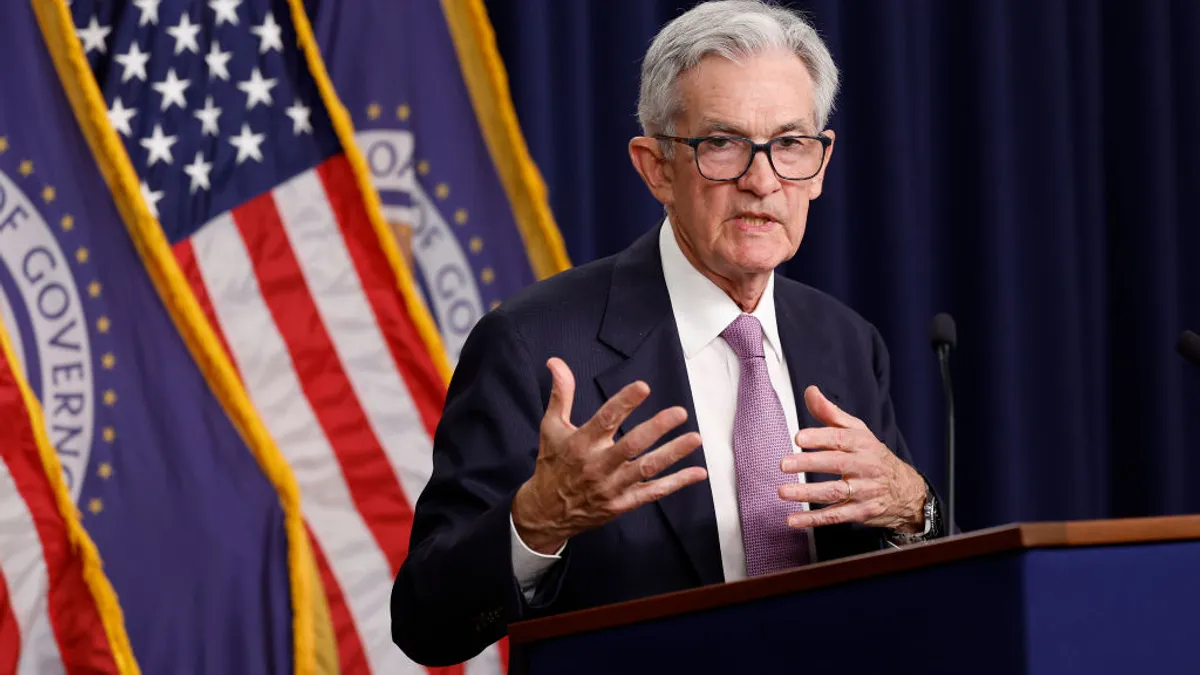LEED may be the uncontested leader among green building standards worldwide, but an increasing number of project teams are looking to go further to improve the environmental impact of their buildings. Enter the Living Building Challenge, which was founded in 2006 by the Cascadia Green Building Council, and is run today by the International Living Future Institute, a non-governmental organization based in the Pacific Northwest. The LBC is the most rigorous green-building standard in the market today, requiring buildings to generate more energy than they consume and mandating data collection around areas of building performance including water consumption, energy use and waste management.
Since its launch, the ILFI has added similar certifications for building materials and entire communities, as well as net-zero energy buildings. It has also introduced a material-ingredient disclosure program through its Declare label, among its other initiatives. Today, there are roughly 350 Living Building registered and certified projects worldwide in different stages of development, signaling a growing interest in sustainable design across the spectrum, and of more project teams willing and able to take on the ambitious goal of building structures with net-positive environmental impacts.
Construction Dive talked with Jason F. McLennan, the founder and current chair of the ILFI who founded the LBC a decade ago, to learn more about where ultra-sustainable construction is today. Currently, McLennan splits his time between the Institute and his own 10-person design and consulting firm, McLennan Design, in Bainbridge Island, WA, and will release a new book in October, "Transformational Thought II: More Radical Ideas to Remake the Built Environment," discussing tactics for implementing sustainable design strategies.
Editor’s note: This interview has been edited and condensed for clarity.
You stepped down as ILFI CEO about a year ago. What have you been working on since then?
MCLENNAN: A lot of things. And I’m still chair of the board, so I’m quite involved with the Institute in many ways. I started up my design and planning practice [McLennan Design], and so I’m busy with a really great team of people designing living buildings and net-zero energy buildings, doing some master planning work and product design — all within the space of deep sustainability.
Can you explain the difference between LBC and net-zero energy?
MCLENNAN: The LBC is more holistic, it goes beyond just energy, whereas the net-zero energy path is about energy. The requirements for energy are basically the same for both programs, but the LBC also looks at water impacts, material health impacts, site impacts — a much more diverse range. Net-zero energy is pretty targeted on energy performance and how energy is being generated from renewables.
Looking back, what have been some of the biggest accomplishments of the ILFI since the Living Building Challenge launched in 2006?
MCLENNAN: I think we have changed the nature of the discussion around what’s possible in the building industry to go way beyond the prior paradigm of LEED Platinum being the furthest point in sustainability. There are about 350 Living Building projects in different stages of development [around the world], and each of them are ground-breaking in terms of their [sustainability] leadership.
Along the way, we’ve helped to transform the way [building] materials are made, working with manufacturers on healthier products that don’t have Red List chemicals. We’ve worked extensively in the regulatory environment to change what’s allowable in terms of water collection, water reuse, composting and a whole range of issues that were not necessarily supported by the codes when we started our program. We’ve educated thousands of practitioners on different ways of approaching design. And we’ve built the greenest buildings in the world.
In the course of a lot of those accomplishments — challenging the codes, educating project teams, and even greening the product supply chain — I know you’ve come up against ways in which the industry has been reluctant to or unable to change. What were some of the biggest challenges you had to address?
MCLENNAN: The biggest challenge has been people’s attitudes and beliefs, even when they’re not backed up by facts. When we actually built Living Buildings, we suddenly had real things to show people. Initially there were concerns about the economic, regulatory and supply chain barriers for materials. It’s much more achievable and realistic now to [build] Living Buildings than it was in 2006. The costs have come down dramatically, especially with solar. We’ve changed regulations in many markets, and the products are easier to find. It’s nice when you can show people examples of what you’re talking about.
Most of the LBC buildings are commercial. What will be required for the certification to make an impact in single-family residential?
MCLENNAN: There are a few homes, and I’m building my own home right now — a single-family residence — to meet the challenge. The emphasis has been greater in the commercial market. And we’re certainly not yet influencing the standard production housing market. However, as more and more products have become free of Red List chemicals, those are trickling down into projects everywhere. We’re also starting to get more custom homes interested.
I’d like to shift gears to talk about the Green Warrior Society, part your firm's nonprofit arm that pairs design firms with nonprofits that want to build green to provide pro-bono or discounted services. What kinds of sustainable design strategies are you able to bring to those projects, given their cost constraints?
MCLENNAN: On any given project, it’s different as far as what you end up with from a design standpoint. Typically, you try to make the decision as simple and buildable as possible. There are lots of opportunities with any project regardless of budget to save energy and water and be more mindful and materials sourcing and impacts on human health. It’s not always easy to do something deep green in a market set up to support things that are not healthy. The cheapest products tend to be the things that can make us sick, and that’s not right. The more we change the marketplace, the better it will be for everybody.
In your new book, "Transformational Thought II," you note that there are a range of tactics for implementing sustainable design, from systems-based to urban planning to simply a mindset shift. Are there common themes among the approaches you lay out that organizations from a small homebuilder to a global architecture or engineering firm could apply?
MCLENNAN: My philosophy is to get away from rules of thumb and generalizations. It’s better to encourage people that, regardless of the building type, the climate, the size of the building, the budget, there’s always something you can do to greatly improve performance. I would encourage people to look at the LBC projects that have been built and certified to see that there are materials and technologies and strategies that are readily adaptable from those examples.
You don’t have to be on the bleeding edge of materials and systems to do this. You can use tried and true technologies and materials. It’s how you put them together that’s different, responding to your climate and building type. It’s not like, do A, B and C, and then you’ve got it. It takes much more analysis.
Beyond the six-story, commercial Bullitt Center, in Seattle, which is mentioned often in discussions about the LBC, are there other LBC projects that you think exemplify this?
MCLENNAN: The Center for Sustainable Landscapes at the Phipps Conservatory and Botanical Gardens in Pittsburgh is really great. And they just recently completed the R.W. Kern Center at Hampshire College in Amherst, MA, which hasn’t gone through certification yet, but it’s a great project. There are projects popping up in representative communities around the U.S. The [Living Building] at Georgia Tech in Atlanta is a great example of a project in a hot, humid climate. The key thing is not to make assumptions. People assume they can’t afford it or it’s going to be too difficult. Look into the facts with real projects that have real data. LBC projects have real data.
LBC requires post-occupancy reviews, which are an under-utilized tool in the built space currently. But it’s not something that only LBC projects can do. Do you have advice for projects that aren’t able to commit to an LBC credential but can benefit from measuring their environmental impact in that way?
MCLENNAN: My advice is not to assume that they can’t until they start and try. A great fallback position is LEED Platinum, or partial Petal Certification [through the LBC]. If you don’t try something, you definitely won’t achieve it. Even when we’ve had projects "fail" at reaching the LBC, they end up going much further within their budget than they ever would have because the process changes how you design and build.
How does the process change?
MCLENNAN: It changes how you design — the engineering process, the design process, and it does change the construction process. You’re starting with an end-game in mind and working backwards as opposed to designing something and finding out what the impact is. It’s a 180 from how people currently design.



